
Monsoon Test Looms Over Navi Mumbai Airport Debut: Will It Take Off?
Originally slated for an April inauguration, later pushed to May, the Adani Group, which is in control of the project, has confirmed the airport will be operational in June. Still far from ready, can this airport really meet the June deadline?
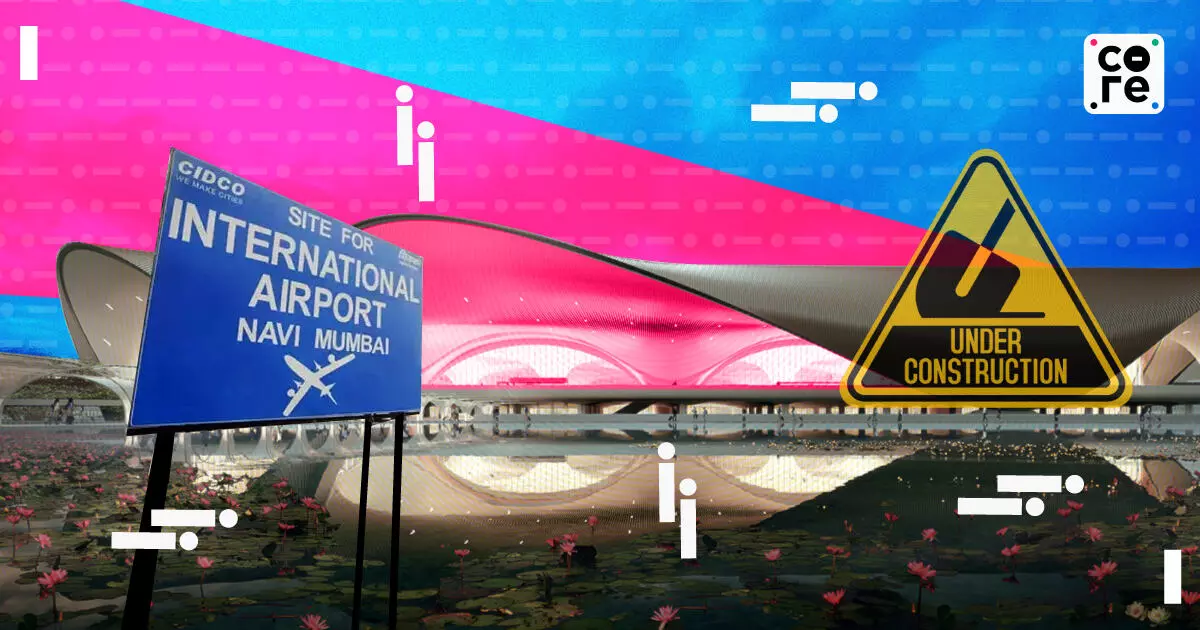
On a warm March afternoon, I set out to visit the much-anticipated Navi Mumbai International Airport (NMIA), also known as the DB Patil International Airport, that has been in the works for many years but has been delayed by bureaucratic approvals and land disputes. Authorities have promised that the first phase of the airport, which will cater to Mumbai’s domestic flights, will be open in June.
The drive from South Mumbai’s Lower Parel took about an hour and twenty minutes. The location of the airport — given its considerable distance from the city centre and the central and western suburbs — has been of great concern to Mumbai residents
The longish drive — in comparison to Santa Cruz and Vile Parle, where Mumbai’s two airport terminals currently operate from — began with the usual Mumbai cityscape with skyscrapers and swanky glass buildings giving way to the more industrial landscape near the Jawaharlal Nehru Port Terminal (JNPT) in Navi Mumbai, on the shores of the Arabian Sea. The approach was through the Atal Setu, another grand project meant to connect Sewri to Navi Mumbai. The view of shipping containers, ships, and the vast Navi Mumbai coastline was striking.
There was a stark shift in the scene as one turned towards the airport site. Dusty roads, the noise of construction, and more shipping containers and cranes indicated that this was a race against a looming deadline.
Located near Ulwe, the construct...
On a warm March afternoon, I set out to visit the much-anticipated Navi Mumbai International Airport (NMIA), also known as the DB Patil International Airport, that has been in the works for many years but has been delayed by bureaucratic approvals and land disputes. Authorities have promised that the first phase of the airport, which will cater to Mumbai’s domestic flights, will be open in June.
The drive from South Mumbai’s Lower Parel took about an hour and twenty minutes. The location of the airport — given its considerable distance from the city centre and the central and western suburbs — has been of great concern to Mumbai residents
The longish drive — in comparison to Santa Cruz and Vile Parle, where Mumbai’s two airport terminals currently operate from — began with the usual Mumbai cityscape with skyscrapers and swanky glass buildings giving way to the more industrial landscape near the Jawaharlal Nehru Port Terminal (JNPT) in Navi Mumbai, on the shores of the Arabian Sea. The approach was through the Atal Setu, another grand project meant to connect Sewri to Navi Mumbai. The view of shipping containers, ships, and the vast Navi Mumbai coastline was striking.
There was a stark shift in the scene as one turned towards the airport site. Dusty roads, the noise of construction, and more shipping containers and cranes indicated that this was a race against a looming deadline.
Located near Ulwe, the construction site, earlier occupied by villages, looked more like a developing town than the gateway to one of India’s largest aviation hubs.
The main access road is still under construction, with a highway being developed nearby, adding to the sense of incompleteness in the region.
Originally slated for an April inauguration, later pushed to May, the Adani Group, which is in control of the project, has confirmed the airport will be operational in June. Still visibly far from ready, can this airport really meet the June deadline?
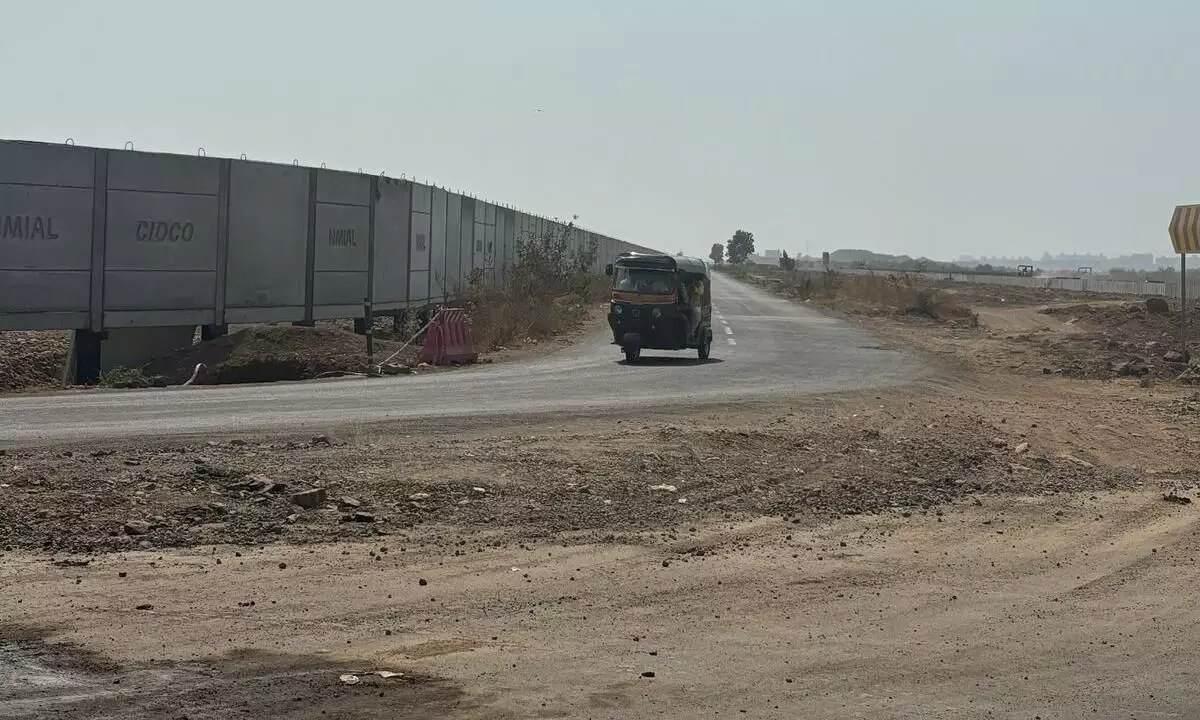
How Much Is Actually Ready?
Given the scale of work still left to be completed, a fully operational airport by June seems ambitious, if not improbable.
Only half the perimeter is enclosed by a boundary wall, with the rest remaining open. A makeshift road runs around the premises, but it is narrow, and can barely accommodate a truck and an auto-rickshaw side by side. Meanwhile, concrete roads are under construction to improve connectivity within and around the airport.
The vicinity has several temporary houses built for workers that need to be removed once the airport is operational.
The Core has reached out to the Adani Group and will update the story if they respond.
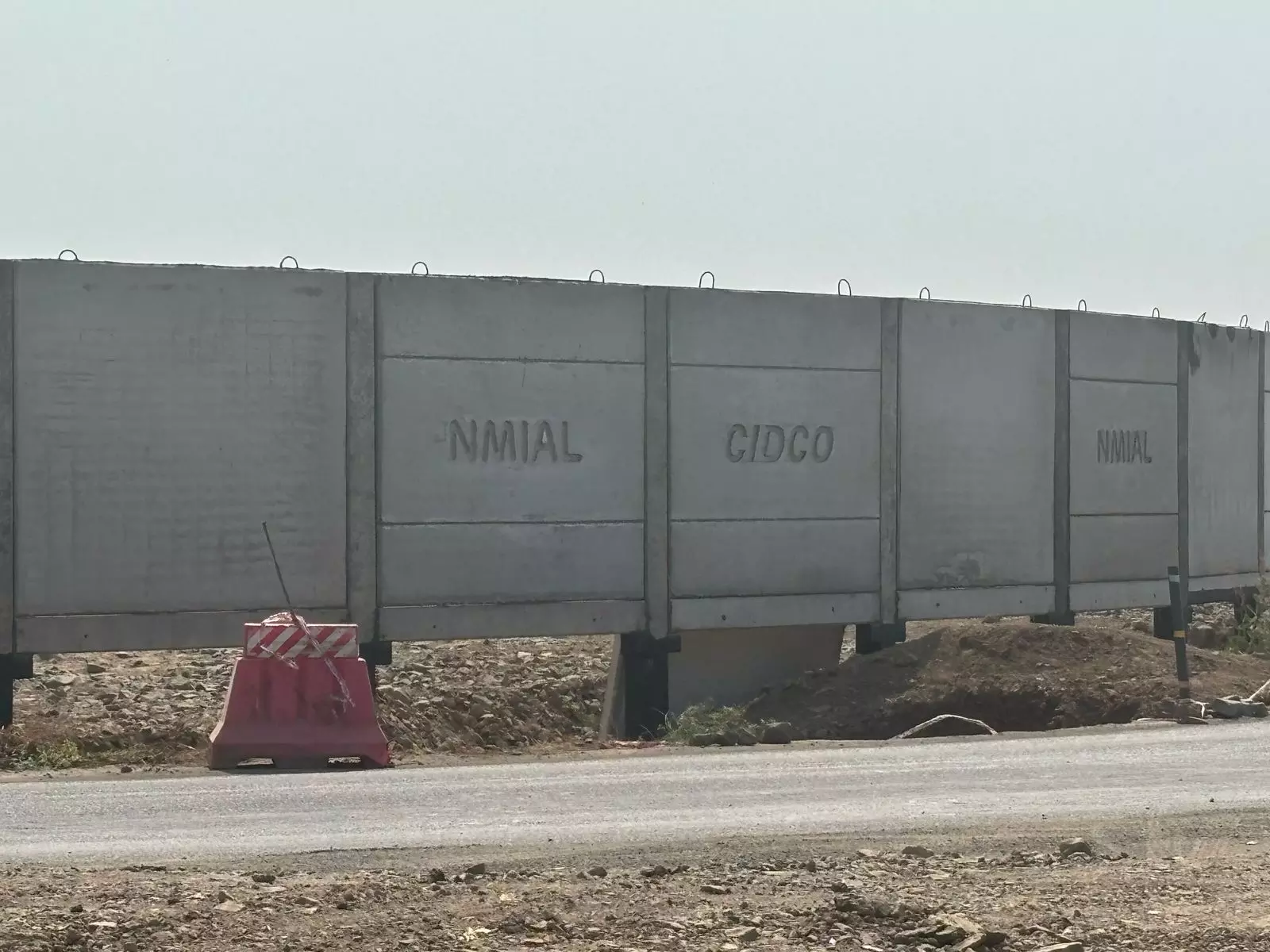
Operations In Monsoon?
The airport, including the runway and the terminal building, remains unfinished, with significant interior work still ongoing. Large piles of construction material, unpaved areas, and exposed infrastructure suggest that even if flights begin in June, a fully functional airport experience might still be months away.
There is still a lack of proper signage, operational testing, and completed passenger facilities, which raises serious questions about how smooth the airport’s initial phase will be.
But is launching a brand-new airport during Mumbai’s infamous monsoon season a wise decision? With the city’s roads flooding and traffic grinding to a halt every year, concerns are mounting over whether this timeline is realistic—or even practical.
“Monsoon in Mumbai is already chaotic. Launching during this time will only add to the confusion. Better to wait, let the airport face a full rainy season, and ensure the roads and drainage hold up—no floods, no surprises. I feel it should be operational after the monsoon has hit the city,” Vijai Agrawal, ex-chairman of the Airport Authority of India, told The Core.
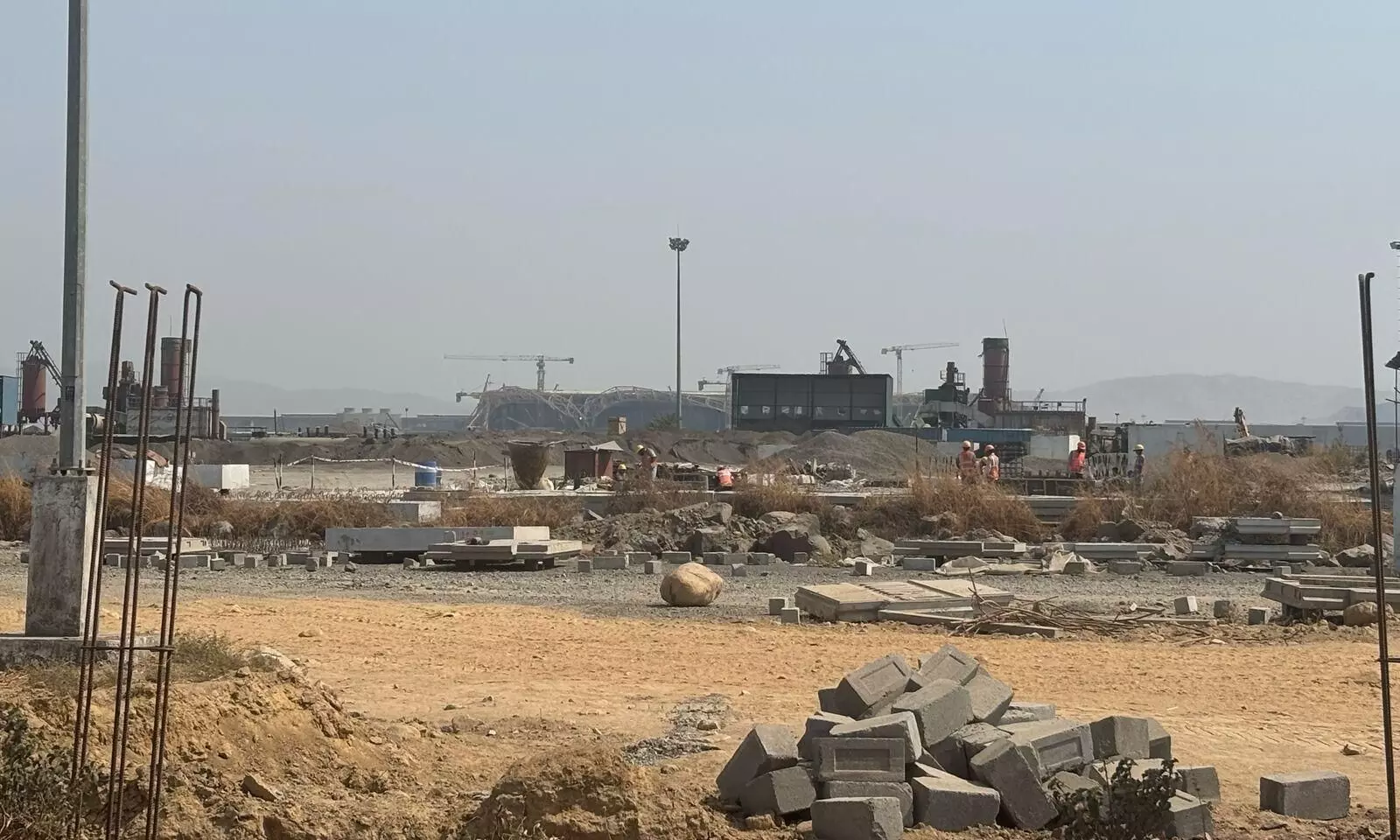
A Second Aviation Hub for Mumbai
NMIA is set to become Mumbai Metropolitan Region’s second major airport, easing congestion at Chhatrapati Shivaji Maharaj International Airport (CSMIA).
The ambitious greenfield project is being developed as a 74:26 joint venture between Adani Airport Holdings Ltd (AAHL) and the City and Industrial Development Corporation of Maharashtra (CIDCO).
While an airport doesn’t need to be 100% complete to begin operations, there are critical milestones it must meet before welcoming flights.
“First and foremost, the landing area must be completely ready, especially the runway. Navigational aids should be installed and operational. The third key factor is the terminal building, which must be ready and cleared for operation. Once these are in place, the next question is connectivity—do we have good last-mile access, or are there challenges?” Agrawal explained.
What About The Existing Airports?
Mumbai’s Chhatrapati Shivaji Maharaj International Airport (CSMIA) is gearing up for a major upgrade. Terminal 1 (T1), which currently handles around 10 million passengers annually, will undergo renovation starting November 2025. The plan? Demolish the existing structure and build a brand-new terminal capable of handling 20 million passengers — a 42% capacity boost.
During the renovation, Terminal 2 (T2) — which handled 44.8 million passengers in 2024 — will take on the extra load alongside the soon-to-open Navi Mumbai International Airport (NMIA).
By October 2025, the 10 million passengers who use CSMIA T1 are expected to shift to NMIA’s Terminal 1.
NMIA’s Terminal 1 is expected to reach full capacity of 20 million passengers by mid-2026, while Terminal 2, with a projected capacity of 30 million, will add muscle to the region’s aviation infrastructure. Looking ahead, NMIA is set to become the dominant airport in the Mumbai Metropolitan Region (MMR), targeting over 90 million passengers annually by 2032.
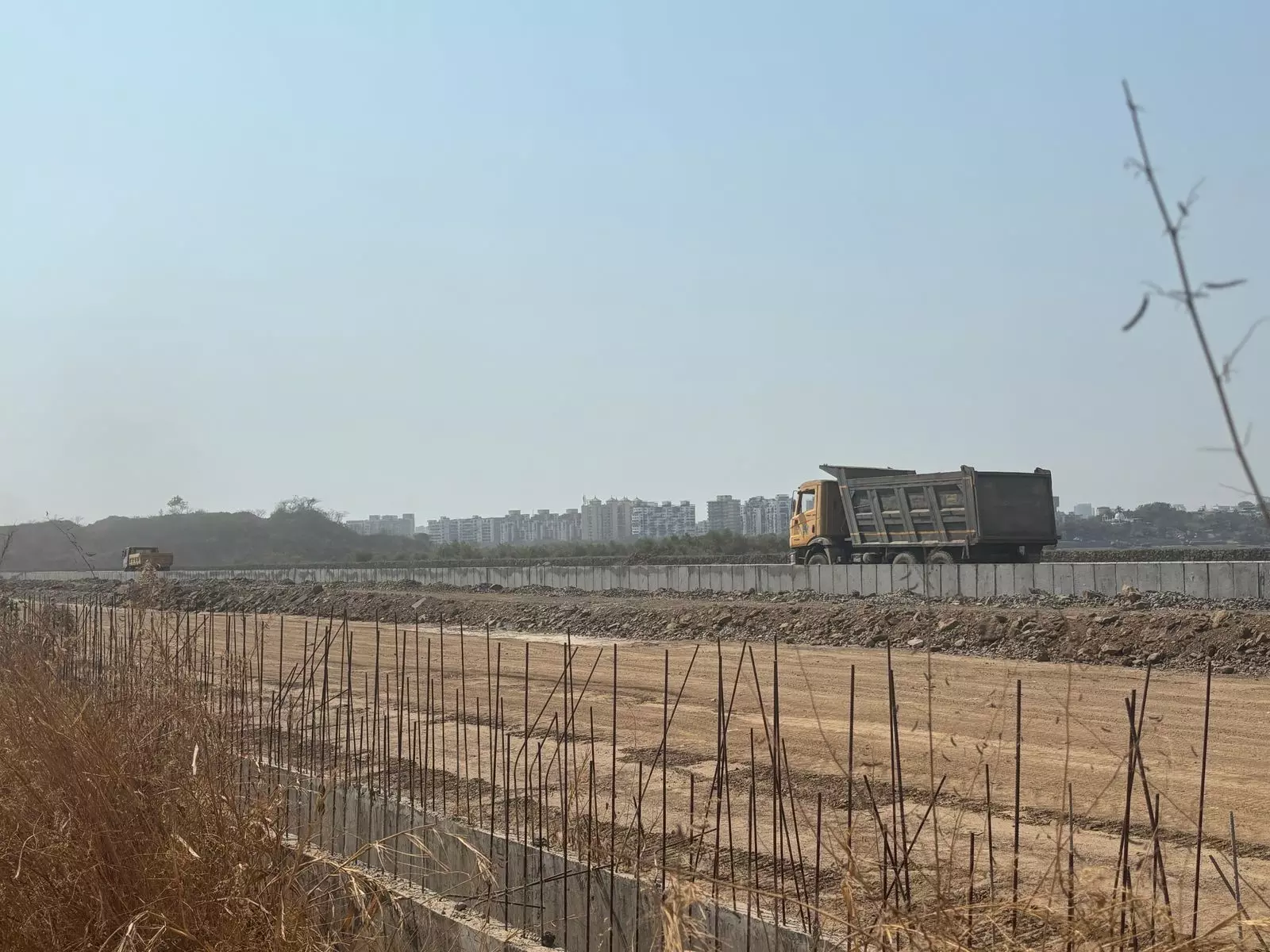
The Connectivity Challenge
To gauge accessibility, we started our journey from Lower Parel in South Mumbai and reached NMIA in about 1 hour and 20 minutes, on a weekday afternoon, with minimal traffic.
Spanning a massive area, NMIA is being designed to accommodate 90 million passengers annually, complete with a dedicated VVIP terminal. However, while the airport itself is still under construction, so are the roads leading to it.
For travellers coming from Mumbai, Pune, and Thane, a robust road network is crucial. One major upcoming project is a 26-km elevated corridor connecting Thane directly to NMIA, but it remains unclear when this will be completed.

The return journey — heading towards the suburban parts of the city — was significantly longer, clocking in at 2 hours and 30 minutes.
“Short-haul flights don’t make sense for nearby cities. By the time you reach the airport, clear security, and land, you could’ve driven there already—like Mumbai to Nashik. People will prefer road travel,” Agrawal added.
For international travellers, who must reach the airport at least three hours before departure, the additional three-hour commute just to reach the airport is a concern about convenience and accessibility.
For those considering railway access, the closest station is CBD Belapur, 6 kilometres away. An auto-rickshaw can take 15 to 20 minutes. But for passengers carrying luggage, this multi-step commute may not be the most convenient.
Rushing to Open, or Rushing Into Chaos?
With Mumbai’s unpredictable monsoons just around the corner, the debate over NMIA’s launch timing continues. While an additional airport is undoubtedly needed to ease the burden on CSMIA, the question remains: Should an international airport be rushed into service before its infrastructure and connectivity are truly ready?
June may be the promised deadline, but whether NMIA can weather the storm — both literally and figuratively — is yet to be seen.
Originally slated for an April inauguration, later pushed to May, the Adani Group, which is in control of the project, has confirmed the airport will be operational in June. Still far from ready, can this airport really meet the June deadline?

